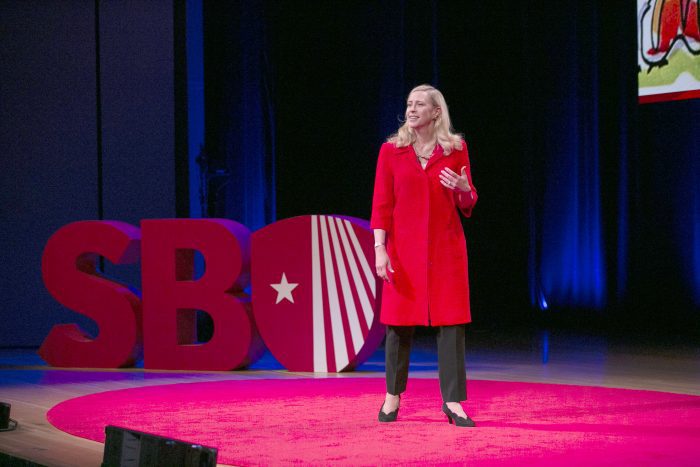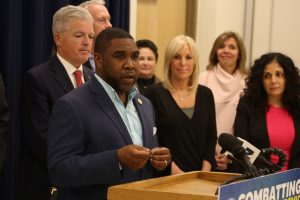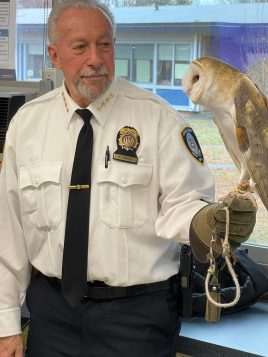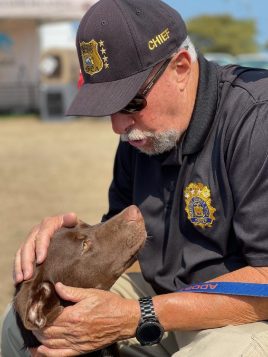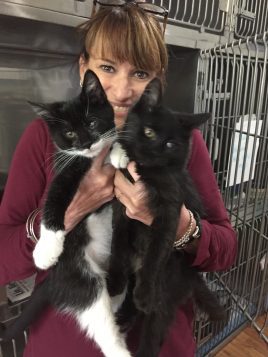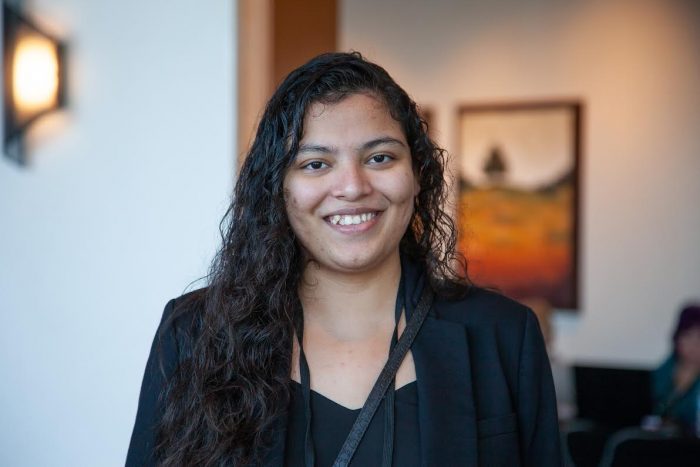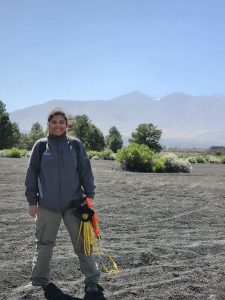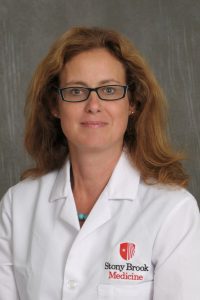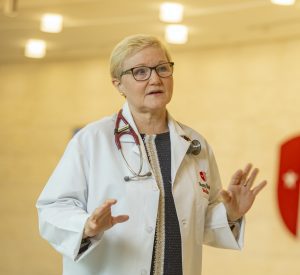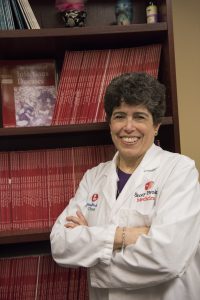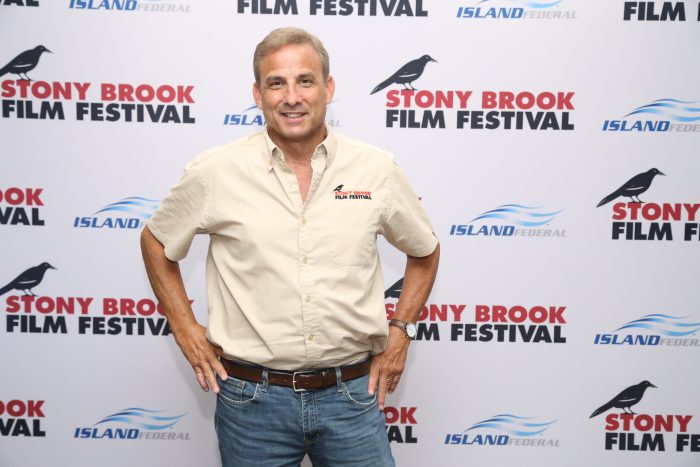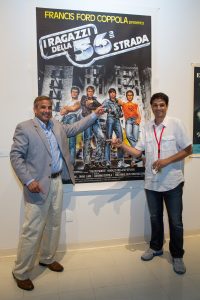By Daniel Dunaief

When our children were young, a friend recently told me, she viewed the parents of people she met through a binary process.
A mom of two boys, she figured she had a better chance, at least in the first 10 years or so of her sons’ lives, of interacting with the parents of other boys. When she met girls and their families, she was polite and friendly, without putting too much effort into getting to know them.
Fast forward almost two decades, and her children, like mine, are out of the house. She and her husband have an adorable small dog that they dote on, transferring their abundant parenting attention to a canine companion.
Nowadays, my friend said, she sees people through a similar lens. She takes her small dog to a dog park, where a fence separates pets under 40 pounds from the bigger, heavier versions. When she meets someone outside the park with a dog, she’s more likely to pay attention to their names and their stories if they have a small dog.
As I considered what she said about the parents of boys and girls, as well as the owners of dogs of different sizes, I wondered about the metaphorical fences we create.
Sure, those fences make it easier for us to find people who have similar interests and opinions and who might not challenge us or disagree with us in our decision-making. Those fences also, however, separate us from others with whom we might have even more connections or common interests than we thought, especially if the filter for our “in” and “out” groups is as arbitrary as having sons, daughters or small dogs.
What if a man with a large dog worked in a similar field, had two children about my friend’s offspring’s ages, and went to the same college at the same time? Then again, what if a woman on the other side of the fence had nothing in common with my friend? She had no children, grew up in another country, worked in a completely different field, and didn’t see any of the same movies or read the same books? Would that make her less or more interesting? Perhaps that woman might be fascinating for her life experiences, compelling for her opinions, and amazing in her own way.
Recently, I sat in the window seat of a plane next to a large man who was stuck in the middle. An army veteran, he laughed as we reached our destination, saying he was unaccustomed to landing in planes. I took the bait, asking him why. He said he’d made over 150 jumps out of airplanes.
He and his unit jumped out of planes at 800 feet, although he didn’t need to do much jumping, as he felt as if a hand pulled him out when he got to the opening. He never had to pull a chord, as the parachute automatically started opening within a second of leaving the plane.
On one type of plane, he stepped out and immediately started falling. Another had a small “bubble” outside the entrance, where he and others stood before leaving the plane. One of his army unit once forgot about the platform, took a small hop on the landing, and then rolled along the entire side of the plane. The others heard as his body scraped the airplane all the way to the back. Fortunately, the impact didn’t cause severe injuries.
One of the many instructions he received was to keep his chin on his chest as he exited. On his first jump, he didn’t, which caused enough discomfort that he never made that mistake again. He reached the ground at 38 miles per hour, at which point he was supposed to tuck and roll, ending on his back. Once, a crosswind turned him upside down and he landed on his head, cracking his helmet and causing a concussion.
Listening to his stories, I learned about something I will likely never do and connected with someone I will likely never see again. He did, however, expand my horizons and share his compelling life experiences, among other stories. I appreciated the opportunity to connect with someone who lives outside whatever fences I intentionally or unintentionally put up around me.



